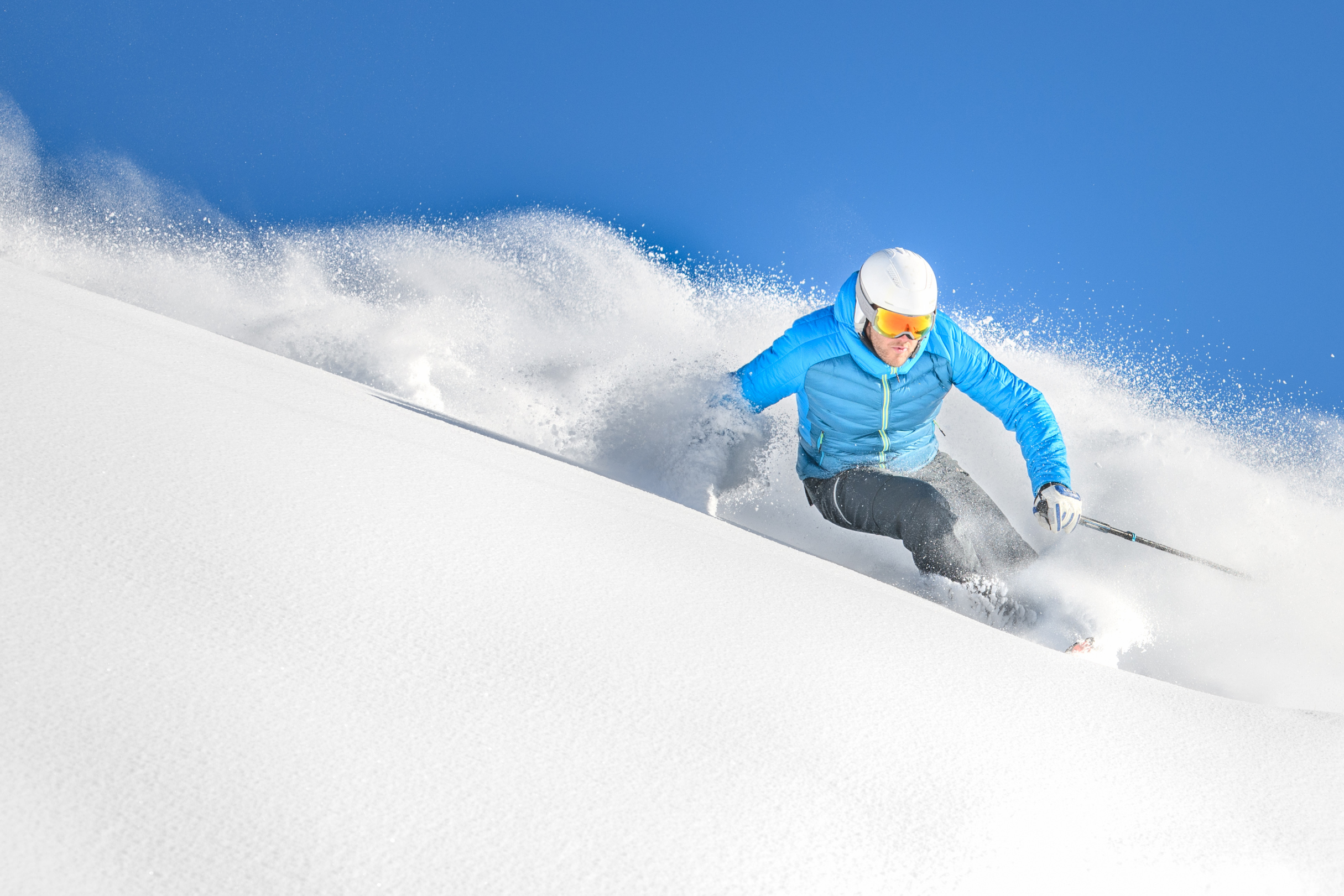Off-piste skiing, also known as backcountry skiing, involves skiing on untamed, unmarked, and unpatrolled snow-covered terrain outside the boundaries of a designated ski resort. Unlike the groomed trails and maintained slopes within a resort, off-piste skiing takes place in unmaintained and sometimes remote mountainous areas.
If you’re a skier hungry for a taste of uncharted excitement, the world of off-piste skiing is calling your name. Let’s delve into the basics of off-piste skiing and how you can make the most of this thrilling experience.
——
What Makes Off-Piste Skiing Unique?
Picture this: untouched powder, challenging landscapes, and an adventure waiting to unfold. Off-piste skiing is your ticket to the untamed side of the mountain. It’s the opposite of the well-groomed trails and bustling slopes that are common in traditional ski resorts. This is where you get to break free and explore natural, rugged, and dynamic landscapes.
This rugged environment brings both risks and rewards. Imagine carving fresh tracks through pristine powder, immersing yourself in the solitude of untouched landscapes, and feeling the rush of accomplishment as you navigate challenging descents. That’s the magic of off-piste skiing – an unparalleled connection with the mountains.
Skills and Gear
Get ready for an experience that’s both thrilling and demanding. From carving through untouched powder to mastering moguls and adapting to variable snowpack, you’ll need a set of skills that go beyond what’s required for traditional slopes. The challenge lies in conquering the unexpected and navigating a landscape shaped not by machines but by nature.
To conquer these wild backcountry conditions, you’ll need a unique set of skills and the right gear. You’ll be reading mountain terrain, relying on strong technical skiing skills, and staying physically fit for the demands of backcountry skiing. Understanding snow conditions, assessing avalanche risk, and navigating without marked trails are also part of your skill set.
Another aspect is having the correct gear. The backcountry environment requires its own specialized type of ski gear. This means wider skis for better floatation on loose snow, touring bindings for uphill travel, and climbing skins for ascending slope. Additional safety gear is also a necessity. This includes an avalanche beacon or transponder, probes, and a shovel.
Navigating Responsibly
As you embark on your off-piste journey, remember to be a responsible steward of the mountain environment. Know the local regulations, respect closures, and follow safety guidelines. Understand the impact of human activity on these pristine areas and be mindful of your surroundings. Off-piste skiing is not just an adventure; it’s a commitment to preserving the beauty of the mountains.
In conclusion, off-piste skiing is your gateway to freedom, adventure, and skill-building. If you’re craving more than the usual ski resort experience, if you’re ready for challenges that lead to breathtaking rewards, then off-piste skiing might be for you.

